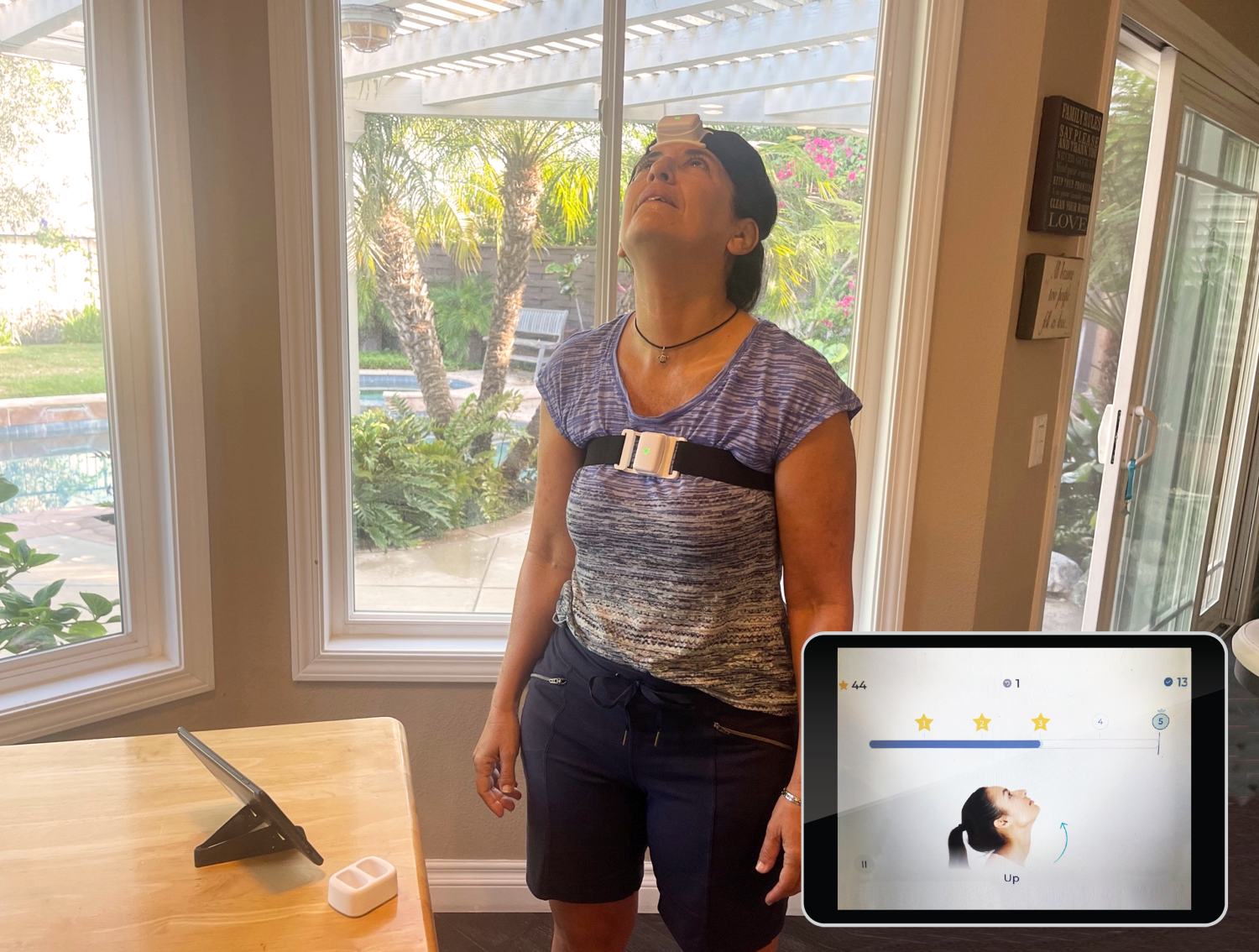
A Better Approach for Musculoskeletal Problems
The human body is not a machine. One way we know this is the more you use your body the better it works.
Use-it-or-lose-it is a mantra to live by.
You might have heard of knees, hips or discs wearing out but there is usually more going on than over-use. Toxic burden and/or a shortage of nutrients are likely the main culprits preventing your body secreting the protective substances joints need and carrying out daily repairs. Dehydration is a surprisingly common contributor too. Machines like cars and appliances wear out with use but the opposite is true of your body and in fact any biological system. If you stop using a part of your body it will be treated as unnecessary and not kept in good working order leading to atrophy. Here we’re focusing on muscles, joints, ligaments and tendons. But the principle also applies to your internal organs as explored in other posts such as A Thyroid Saga.
Prevention is obviously key with daily movement, and dare I say exercise, critical to good function even more so as we age. But when injury or pain occurs we tend to think rest is the answer. But with only a few exceptions like a broken bone, that is the opposite of reality.
I spend way too long at my desk most days. This innocuous act of sitting has contributed the most to my ongoing musculoskeletal problems (MSK for short). A back injury when skiing as a teenager hasn’t helped nor carrying a heavy backpack full of files for work in my earlier years or the Christmas holiday spent looking down for hours while working on a model railway I was building for my son. I’m in good company though as after mental health challenges MSK is probably the most common health issue worldwide these days.
While I have participated in regular physical therapy at various times in the past and recovered some debilitating conditions, the new digital PT approaches are revolutionary. I use Sword Health one of the leading providers in the US and also available in the UK, Australia and several other countries. There’s also Hinge Health, Vori Health and others. That’s me in the photo above doing my neck exercises. I have been left with a weakness in my neck that doesn’t take much to flare up. I also have thoracic outlet syndrome (a bit like carpal tunnel but in my right shoulder where the nerves and blood vessels get compressed leaving me with pain and numbness in my hand).
The conventional PT route requires me to take two hours out of my day to drive to a PT office, get treatment and drive home again at times to suit their office. Maybe I go once a week and have to figure out my exercises myself in between referencing a printed sheet to remind me. With my digital program I had an intake over Zoom with a physical therapist with additional Zoom sessions periodically for the first few weeks to discuss progress. She is now “on call” via chat whenever I need. I have a specific program of exercises tied to my needs with a digital assistant monitoring whether I am doing them correctly based on feedback from the sensors I wear.
You can see in the picture I have a chest sensor and one on my head. If your ailment includes a limb there are additional sensors. My PT has an incredible dashboard enabling her to monitor every one of her patients daily and see how we are doing, whether anything needs adjusting or if the range of motion is improving or not. I can do my exercises any time of day and the fact I know my assigned PT is “watching” on her dashboard I feel more pressure to do them. They take a mere 15 mins so I really have no excuse. But the results speak for themselves with my range of motion visibly improving quickly and pain reducing which is plenty of incentive.
The research is compelling on the benefits of these digital programs compared to conventional physical therapy including:
Reduction in missed work days due to the injury itself but also time involved in taking part in traditional physical therapy.
Faster recovery from the injury or from any necessary surgery. This is probably due to the maintenance of good exercise form and daily compliance.
Focus on avoiding surgery wherever possible . Conventional medicine treats us like a machine quick to switch out “broken parts” without acknowledging the incredible power of the human body to heal itself given the right environment.
For an employer the advantages are clear ultimately reducing MSK spend and getting employees back to work quicker. For individuals you will regain motion quickly and a reduction in pain whatever your age or starting level of mobility. Just make sure you don’t jettison the exercises as soon as you are feeling better. Prevention is always the best solution which means daily movement and some sort of exercise making sure you don’t lose what you aren’t using.
Related Content



